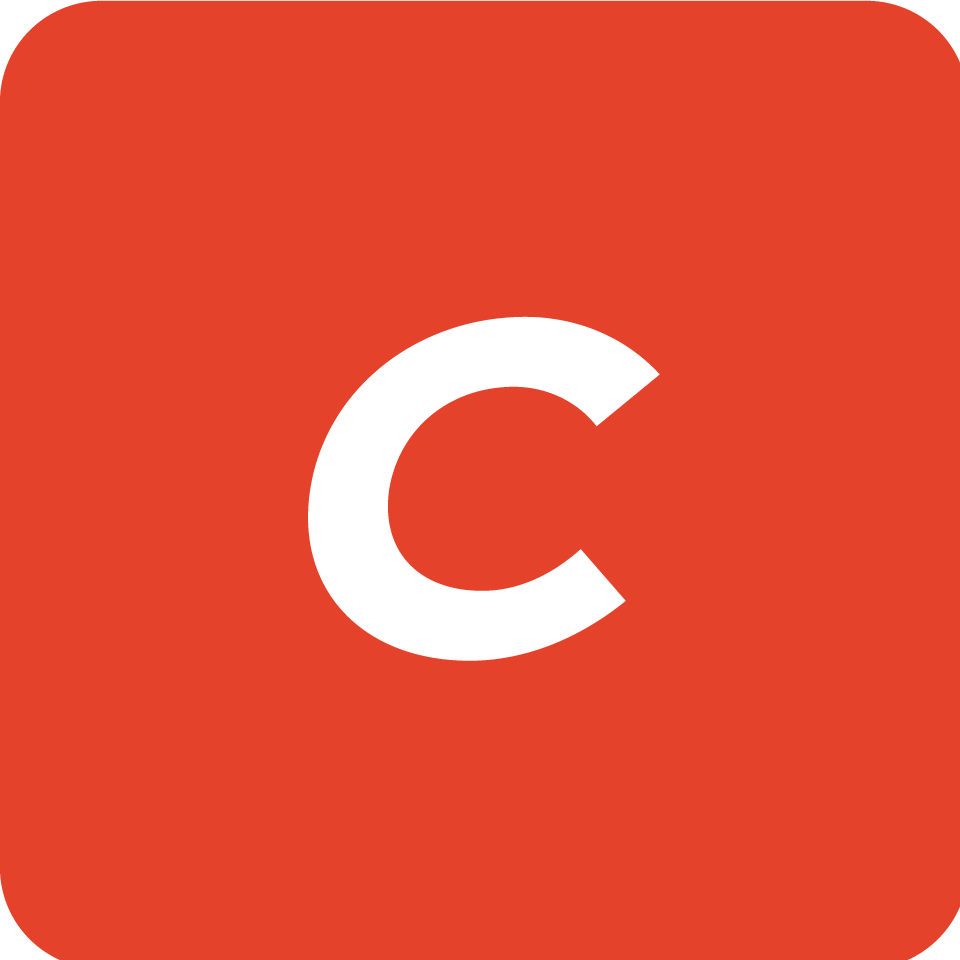

Unclaimed: Are are working at Craft CMS ?
Craft CMS Reviews & Product Details
Craft CMS is a content management system (CMS) designed for content-driven websites. It offers a user-friendly interface for managing content, including custom fields, sections, and entry types. It also has built-in search functionality, multi-site management, and customizable templates. Craft CMS' flexibility and scalability are notable as it allows users to create and manage dynamic websites with ease.

| Capabilities |
|
|---|---|
| Segment |
|
| Deployment | Cloud / SaaS / Web-Based, Desktop Mac, On-Premise Linux, On-Premise Windows |
| Support | 24/7 (Live rep), Chat, Email/Help Desk, FAQs/Forum, Knowledge Base, Phone Support |
| Training | Documentation |
| Languages | English |

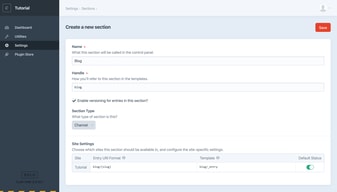
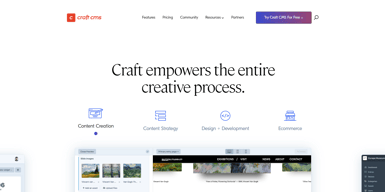
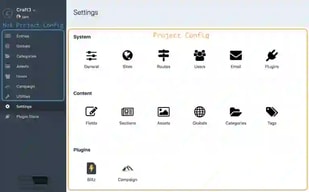
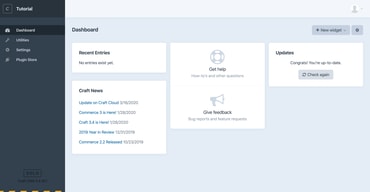

Compare Craft CMS with other popular tools in the same category.

Many CMSes appear to be built solely for the developers who set them up ... Craft is built for developers and content admins alike. It's flexible, intuitive and easy to use. It's also powerful and impressive in what in can do. (Sometimes easy = limited.) As someone who has used many a CMS over the years, including the well-known ones, as well as proprietary ones, its obvious to me that Craft is the product of well-thought out design and development – which is what my company sells to its customers. Craft allows us to implement unique designs in a logical and thoughtful way. I love using it and training others to use it!
There are some features not yet offered in Craft that some customers come to expect in CMSes, specifically with workflow and permissions. However, I am impressed with their commitment to updates and improvements, and the open-source nature of the product means that the developer community has produced many plugins. It's also great that our in-house team can do custom development to partner with it, as well. Looking forward to future features and improvements!
Craft allows us to provide customers with wesbites that are flexible and easy-to-administer. Though we don't reuse a design template, we learn more about Craft and its capabilities with each project. Problem-solving with Craft in our toolkit means fewer work-arounds and "no-can-dos" ... we are able to realize individualized designs while completing complex technical functions in the websites we create for our customers.
Flexible for developers but easy for our clients to maintain their own content.
It's still a relatively new product so it's a little harder sell for some clients who may be used to something like WordPress.
For those of us who prefer to write our own code, Craft gives us the tools necessary to help facilitate that. With their first party e-commerce system it's also pretty flexible in the commerce space.
Flexibility, great functionality to add custom fields. Matrix field is amazing. Beautiful mark up with twig. Documentation is easy to read and there's tons of great examples. Tons of great people on the stack exchange that respond to your questions in just a couple of hours.
It still feels a little barebones in some ways. For example you can create a front-end entry form, yet some fields aren't supported which makes it hard to create front-end forms with custom fields.
Building a web platform. Its been extremely great with public users and front end forms, but a little limited in terms of functionality.
* Very easy install * Updates to the CMS happen from within, no uploading files * Superior UI * Superior asset management * Few or no add-ons needed to accomplish common tasks (unlike ExpressionEngine)
* There are a few features missing, like cloning fields * Not as well known as better-established CMS, so it can be a harder sell for some clients
* Faster and smoother website development * Easier to use than ExpressionEngine * More flexible and stable than Wordpress
The devices for the administration of resources are fantastic. It empowers the clients to plan designs for custom pages using content fields and blocks that are straightforwardly connected with the site's code layouts. The live review altering highlight is lit through which clients can see their site changing continuously.
Normally, the use of updates is a bit muddled process, yet make no mistake, CMS is ceaselessly improving and this weakness will ultimately be survived.
Custom sites can be worked for any reason utilizing create CMS. Numerous necessities of clients (who need custom sites) can't be met through WordPress and other CMSs, so creating CMSs gives the edge for meeting such prerequisites.
Create CMS is an instinctive substance the board framework that permits you to plan custom page formats utilizing content fields and blocks that straightforwardly reference your site's code layouts. The best thing about Craft CMS is the adaptability with executives’ substance the executive’s framework permits you to fabricate explicit designs for various areas (coordinated into "designs") of your site. Another advantage is the forming of pages and other "sections" in your site, as well as live review altering, which permits clients to see their progressions and produce results on the site continuously.
One of the greater downsides to Craft CMS is the critical expectation to learn and adapt it can take a few clients to conquer to utilize the substance of the board framework appropriately. Luckily, there are a few modules accessible that you can add to the substance of the board framework that can smooth out client preparation, for example, by building a "client guide" as a "Help" structure.
You will track down it a mysterious instrument for enhancing content and ordering it on the primary pages. This is outstanding tools for carrying out SEO systems. Additionally, it is worked for engineers and specialists who know well the utilization of different coding terms. Subsequently, the designer of this stage determined the utilization and made it more frozen for use. It permits me to construct locales from engineering that sounds good to me. I don't need to "fit in" to how the CMS works
The most delightful thing concerning Craft CMS would be that it makes no decisions concerning the site we're attempting to make. We simply invest our energy fostering the site we need, not endeavoring to change a CMS with a huge number of modules. Make CMS is only a simple to-utilize CMS that allows us to make customized page formats by referring to our site's code subjects unequivocally. The most pleasant part in regards to Craft CMS is its adaptability, which permits clients to make unmistakable designs for discrete sections of the site.
Updating organizations can now be marginally precarious while involving Composer and the Craft CMS projects design documents. I likewise trust Craft had something straightforward to use for structures. We use HubSpot, and I accept we spend a great deal for them to coordinate arrangements into our Craft cases.
We use Craft CMS to make great sites for organizations that require a wholly variable yet easy-to-understand backside organization. The best element of Craft CMS is CMS' adaptability, which has permitted us to make unique layouts for various areas. I partake in how I can use Craft without requiring advancement help. One more benefit is the capacity to refresh your site pages and other "posts" and see refreshes, which allows clients to watch their changes happen promptly on the site consistently.
The backend functionality is very easy to use. I like all the categories and the way each page is listed on the left-hand side. Compared to wordpress it is much better
depending on your plan, things can be very limited. Certain boxes are not flexible and it can be hard to integrate images that look good on the screen. Very vertical layout
It is the backend of our website, which is our largest marketing piece. I am working on it in everyday. It holds our blogs and directory lisitngs and events calendar.
The back end is user-friendly and once you get a good-looking website it is extremely easy to keep it up to date. We are not web designers, but we don't want to have to pay our web designer each and every time we have an update. The few problems we have had (see below) were relatively easy to fix.
Recently we were hacked, and we had a fake landing page for a scam website added to our page randomly. That was not fun. For a platform that bills itself as a more secure alternative to WordPress, that was disheartening. I know there's no such thing as a hacker-proof site, but still!
We moved off of WordPress when it became clear that it created security risks and was not ADA or GDPR compliant. Our web developer suggested Craft CMS as a solid alternative.
The CMS is built around a very good implementations of Custom fields and let you write frontend code as you like, without adding any html bits whatsoever!
Craft 2 is a little bit slow for my taste. Also plugins does not have a common repository (but Craft 3 will have it's own plugin store).
I created upon it small to medium sites with custom layouts and logic





